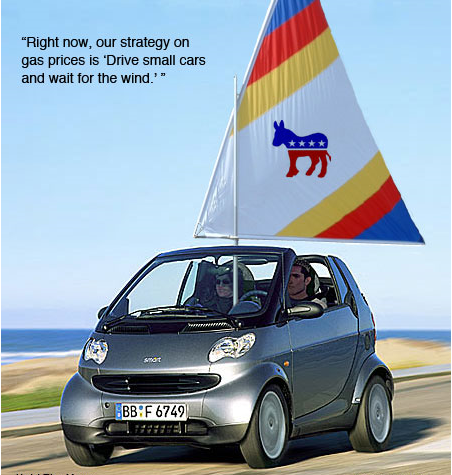No, In any given gravitational field, weight and mass have a direct relationship. Reducing weight reduces mass.
A car with a vacuum (no gases) weighs less than a car with Helium, which weighs less than a car with air.
A car with a vacuum (no gases) masses less than a car with Helium, which masses less than a car with air.
Helium has a *buoyancy* when *in air* because it weighs (and masses) less than an equivalent volume of air. Put the car under water, and all three will have a buoyant effect. A boat doesn't weigh less, just because it is floating.
Thank you kindly.
Um, not true. The Goodyear blimp has enough helium on board to have neutral buoyancy, but it isn't massless. It also isn't weightless for the passengers and crew.
Helium with air works on the same principle that allows ships to float or submarines to rise and submerge. Only in a water medium rather than an air medium. Both are fluids, just one is 1000X denser than the other.
Any object in vacuum has the same mass it had in air, it may weigh a little less on a scale because the atmosphere isn't pushing down on it. The atmosphere has a weight which pushes down on everything in it. That's what air pressure is.
I agree with the buoyancy of helium. You may have been trying to make a valid point with the first part, but it didn't come out right.
The whole concept of Stubbornness is no matter what I hear I stay convinced it is possible...I may have to polish my initial idea with several iterations but in the End...Achieving a Long range electrical vehicle is still possible...and
@R.S you just help me notice the missing link...the funny thing is it is right there in your explanation...
PS: By the way when you say: If someone is impossible within the laws of Physics, it's quickly discarded...I think that is a huge mistake...because 1st the laws of physics should always be challenged every day to ensure a full understanding of them and making sure there were no other cases that people have not missed in the pass...For example, Nikola is a perfect example of that...
and 2nd Even if it was impossible the real of Physics, well Quantum physics has already shown things are not impossible as we think they are...
With that said...that was my last comment about this topic...Time to get to work lol and fail thousand times til someone gets it right...
To achieve what you want to achieve, you will have to violate the laws of Physics as we know them today. To do that, you will have to come up with a better model of Physics than we have today. That's a tall order with centuries of experimental evidence to support our current understanding. Einstein's theory of relativity proved that Newton's Laws of Motion was only an approximation that worked very well when velocities were low (which is all we experience for the most part). He laid out why his theory was better and gave a list of experiments that would prove or disprove his theory. At the time most of the experiments couldn't be done because we lacked the tech to do them, but eventually all proved out.
If there is some way around the laws of thermodynamics, you need to lay out a theory that explains experimental and real world results better than the current theories, and then describe experiments that can be done that would prove your theory. It's a massively steep cliff to climb and it takes a complete and thorough understanding of the existing Physical theories before you can even start.
The great scientists didn't just come out of nowhere with their theories. All were well trained in what was known before they started. Einstein was a classically trained Physicist. Nikola Tesla was trained as an Electrical Engineer. Thomas Edison had little training, but he didn't do most of the work and he was an inventor, not a scientist. He hired a large number of scientists who made his ideas work.
Edison was a 19th century Steve Jobs. He had vision, but didn't have the technical understanding to make it work. He had an entire company of people to do it for him.
Elon Musk is as successful as he is because he's a trained Physicist first. He also has vision like Jobs did, but the difference is he is capable of doing the job of just about everyone working for him. He's actually done it on occasion, firing an employee who said something couldn't be done and doing that job on top of his CEO tasks.
This is true in most areas where someone breaks all the rules. They aren't really breaking all the rules, they just were smart enough to figure out which rules were made by humans and which ones were made by nature, then they set out breaking the human made rules.





